I’m not sure I have a favorite iris. They’re all so different, and unique. There are many varieties from bearded irises to the invasive yellow iris. There are also wild irises, which complement the domestic irises that populate many gardens. And the array of colors that sparkle on the blooms, it’s like a rainbow. In fact, the word iris comes from the Greek word for rainbow – a fitting name for one of the most prolific and colorful spring flowers. Not to mention the spiritual meanings of this flower: wisdom, hope, trust, and valor.
With 300 species and thousands of iris cultivars, how do you choose which types of irises are best for your garden? For me, it’s always been whatever catches my eye at the garden center or through online nurseries. And then it’s the delightful exploration of my available garden spaces to see where my choice would grow well. I have solid colored iris: purple, deep purple (which is almost a black and called a black iris), yellow, off white, and many others.
The most stunning iris are those that are multicolored. While living in suburbia, I admired a neighbor’s iris garden and the unique color combinations of deep yellow (almost brown) with dark specks and mauve (almost purple), elegantly outlining the periphery of the petals. When she moved a few years later, she was digging up her iris and divvying it out to neighbors, myself included. Now, living in the country, I have a prolific patch of her multicolored irises and look forward to their blooming every spring.
Whatever iris combination or selection, you are bound to have a showy garden every spring. A variety is a good idea because even though irises are a spring flower, different species bloom at different times and you might well have irises blooming from mid-May through to July. We do.
Iris Varieties
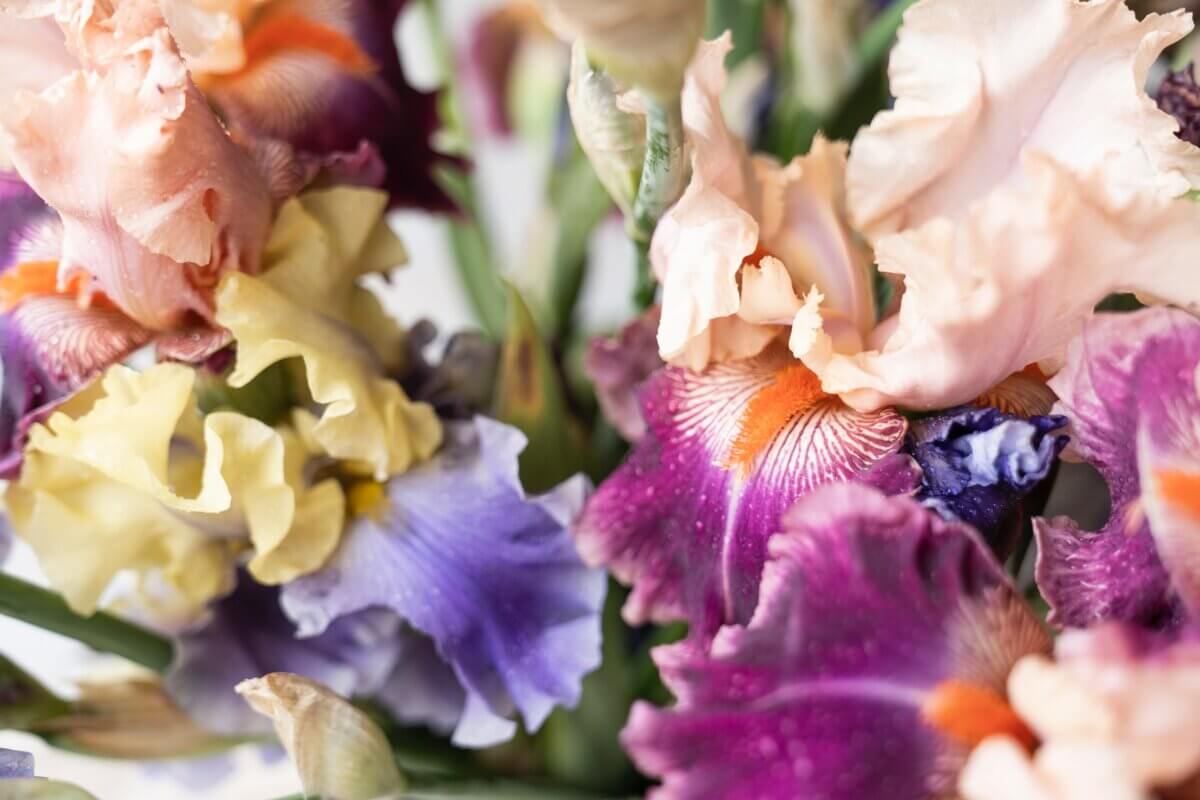
To choose and identify your iris, it’s good to know something about the different types. The most common, private garden irises are classified into three main groups. They include the bearded iris, the aril iris, and the beardless iris. The iris family holds a wide variety within these main groups.
Bearded Iris
These species of iris have thick, bushy “beards” on the lower petals (the falls). The blooming season can be extensive as some bearded irises rebloom again in the summer, fall, and even winter in some climates. More water, moist soil, and fertilizer in the summer will help them rebloom. Within this classification, there are six subgroups.
1. Miniature Dwarf Bearded Iris
This is the tiniest of all the bearded irises. It only grows up to about 8 inches in height. It does well in rock gardens where one wants a colorful spread. It’s the earliest bearded iris to bloom.
2. Standard Dwarf Bearded Iris
This type of iris is perhaps the most common variety. It ranges in height from 8 inches (like the miniature dwarf iris) and sometimes grows as tall as 16 inches. It blooms when the miniature dwarf irises are done with their blooms for the season. The standard dwarf bearded iris grows in clumps, and the colors are almost unlimited.
3. Intermediate Bearded Iris
This iris grows anywhere between 16 inches and 28 inches tall. The blooming season overlaps the other bearded irises. The color patterns are unique and add an interesting display to any garden. This one is a showy iris.
4. Border Bearded Iris
With round, ruffled petals, the flowers are small, but the stems grow tall.
5. Miniature Tall Bearded Iris
This iris looks both dainty and delicate. It grows to between 16 inches and 28 inches in height on thin, wiry stems, but the blooms are smaller than the border bearded iris. Often dubbed as table irises, this iris works well as an ornamental plant.
6. Tall Bearded Iris
Tall bearded irises are a tall and showy type. They grow at least 28 inches tall with lots of branches and flower buds. Great varieties of color and patterns and lots of ruffles and lacy features on the flower petals.
Beardless Irises
Native to Asia, these species of iris do not have the thick, bushy beards of the bearded irises. Within this classification, there are six subgroups.
1. Spuria Iris – Tall (2 to 5 feet) and elegant, this is an attractive addition to any garden. The bloom almost looks like an orchid with various colors including white, yellow, blue, and brown with yellow signals.
2. Siberian Iris – Siberian irises prefer cooler growing conditions with regular moisture and slightly acidic soil. The colors include blue, purple, red-violet, yellow, brown, and orange. They grow well in clumps giving them a bouquet appearance with a height of 2 to 4 feet. After they finish blooming, the foliage is uniquely grass-like, another attractive addition to any garden.
3. Japanese Iris – These are perhaps the most spectacularly colored irises. With huge, ruffled blooms they sport marbled colors with gray or white.
4. Louisiana Iris – Native to the United States Gulf Coast, the blooms on this iris are very wide, displaying a wide variety of bright colors and color combinations.
5. Pacific Coast Natives Iris (Iris series Californicae) – This iris is only grown in the western U.S. as it’s intolerant to any other climate conditions. Growing to a height of 1 to 2 feet, this iris has graceful, dainty flowers in a wide range of colors and color combinations.
6. Species Iris – A popular garden enhancer because they are so delicate and pretty, they need a frost-free climate but enjoy wet springs and dry summers.
Aril Irises
These include the Oncocyclus and regalia irises of the Near East. A closer look reveals that they do have beards but are not classified as bearded irises because they are quite different and rather sparse.
With a wide range of colors and color combination, these irises are, unfortunately, difficult to grow except in warm, dry regions.
Iris Selection and Care
Now that you have all the technical details about iris species, how do you choose the one that’s right for you and your garden? After all, there are at least 60,000 cultivars of the bearded iris alone. Your local garden center is the best starting place. They carry irises that grow well in your area, and there are quite a few iris selections to attract your interest.
How Do I Choose?
I think it’s a cross between the color combinations and the unique names attached to irises. There’s the Alida dwarf iris, a petite plant with cornflower blue blooms that sport a butter-yellow and white markings down the center of each fall. The mariposa wizard bearded iris is a rich blue-violet color. Then there’s the Easter candy bearded iris which lives up to its name with a vibrant candy-colored themed bloom. The iris names are as bold and colorful as the plants themselves.
How to buy iris? Either as bulbs or potted. Iris bulbs are available ready to plant in the ground once the ground has thawed. Potted irises are also sold with leaves sprouting above the half-exposed root. Why are the roots (rhizomes) exposed? The plant thrives on good air circulation and plenty of sunshine around the rhizome. It also needs well drained soil, and when the clumps become too large, dividing the rhizomes is important to prevent over-crowding. Once the iris is planted, it’ll grow well for years, producing more blooms every season.
All irises are perennials. They grow and multiply to great numbers. Once the blooms are done, they should be deadheaded. Other than that, the care of irises is pretty simple. Have your camera ready to take lots of photos, and enjoy. Also, watch for butterflies and hummingbirds. They love the flowers, too.
Iris Propagation
Irises are easy to transplant and divide, but gardeners should never do this while they’re flowering. Mid to late summer is the best time to dig up the rhizomes, divide, and replant. The drier climate in late summer minimizes the chance of a fungal disease affecting the rhizomes. Over the years as the plant matures, the rhizomes multiply and the plant will become crowded. Also, the rhizomes may become woody. This stresses the plant and affects their blooming capacity.
So if overcrowding is an issue, dig, divide, and transplant. The year after you divide and transplant, you’ll notice an increased number of blooms as this process helps keep the plants healthy.
You can overwinter rhizome sections indoors. All you need to do is shake off the dirt, make sure they rhizome is dry, and then bundle them in peat moss and wrap in newspaper or a brown paper bag. Store in a dark, dry, cool (but not cold) location over the winter months. It’s a good idea to check the rhizomes every few weeks and discard any that start to turn soft and mushy. When the ground thaws in the spring, replant the rhizomes.
Uses
Other than beautifying your garden or adding some color for a cut flower arrangement, irises do have other valuable uses. They’ve been used for centuries in herbal medicines as well as a source of perfume ingredients.
Not surprisingly, their current favor is as a garden showpiece. In my opinion, you can never have enough irises in your garden. That’s the best possible use for any iris.
Source: Featured image by Matt Deavenport//Flickr























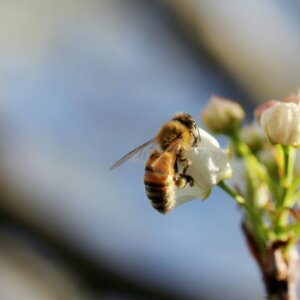







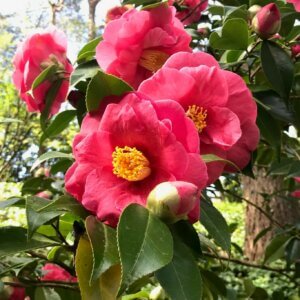



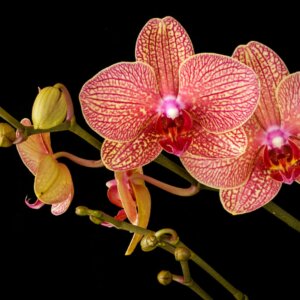
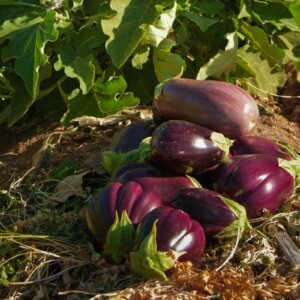





Leave a Reply